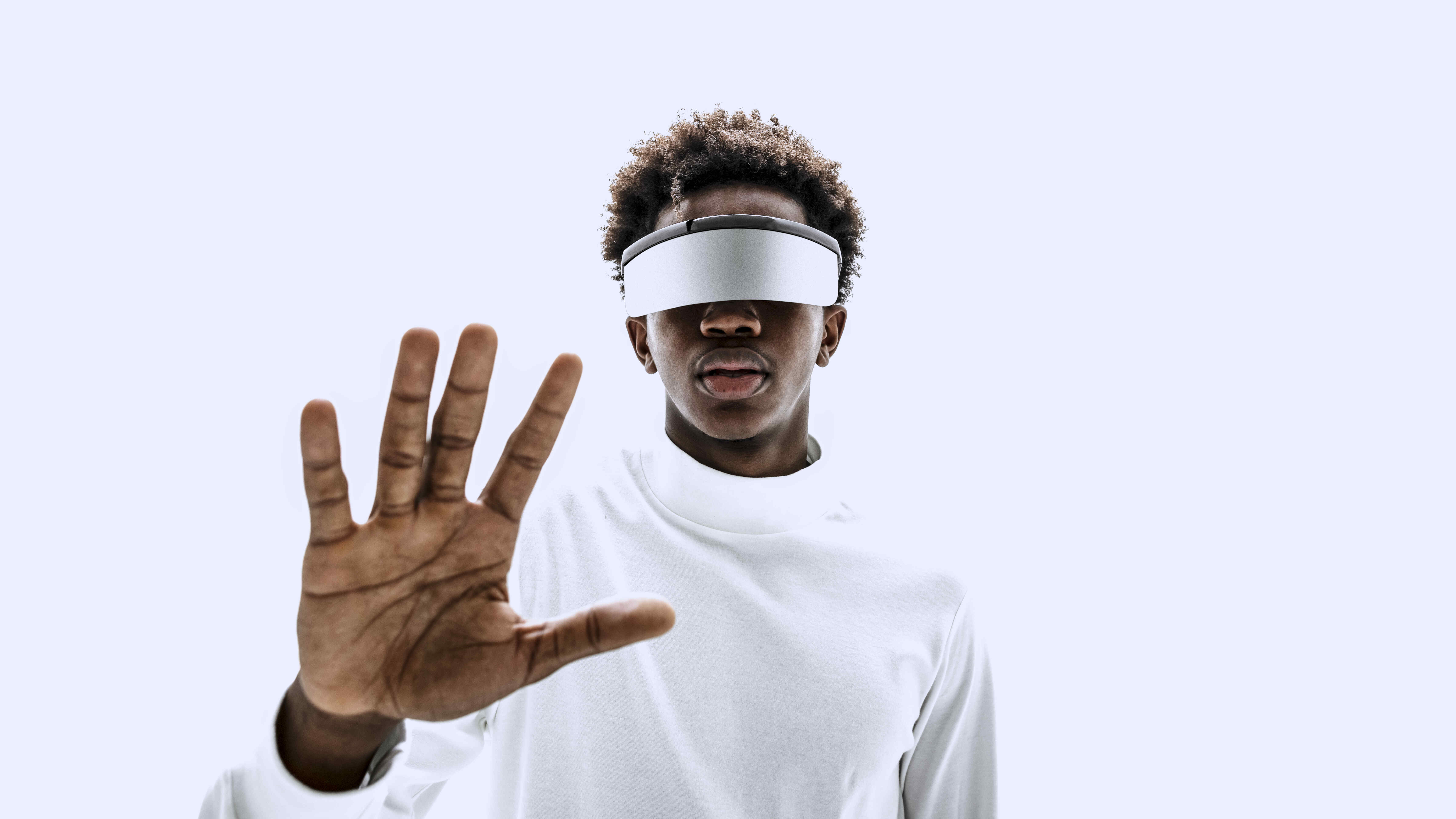Whenever we hear of the latest technology recently put on the market, or invented by brilliant scientists and techies, we immediately think of innovation. Even departments in companies or organizations usually pair the nomination innovation and technology, linking the two in an almost indissoluble concept. In our very digital society, any new technological advancement is considered as innovation, as a way forward, as the proof that we are doing something right to progress. Sometimes this technology is not fully welcome and being linked to innovation, this concept might be viewed with a slight frown or doubt.
Is technology really the same as innovatio
To better answer this question, let’s look at what encompasses innovation:
- Divergence:From the first moments the term design thinking was coined, innovation actors have been talking about divergent thinking and processes. It’s easy and common for organizations to get caught in tunnel vision, see a situation from the same angle, and use the same tools – pragmatic or mental. Innovation seeks to challenge the status quo, diverging from the usual and common perspective. Divergence enables us to flip a problem or question to find different approaches and solutions that we might not have considered before. It is a mental exercise and process that can be applied to various circumstances in life, professional and personal alike, and it requires us to take a step back, look at the whole picture, and question our assumptions.
- Curiosity:Curious, investigative individuals find solutions, and come up with new ideas. Innovation is founded on an almost child-like curiosity that enables us to look at the world and its challenges with wonder and a thirst for development. In this journey, curiosity, and its inherent desire to learn fosters serendipitous discoveries. When we stop questioning and accept everything as is, we miss out on the chance to find new openings, and we ultimately become complacent. Curiosity in innovation means choosing to get lost in a new city, and wander unknown and hidden streets where you may find all of a sudden a beautiful unmapped landmark to explore.
Multidisciplinary teams foster ideation; it is best to work with many ideas than with only one. Multifunctional teamwork also presupposes that management takes a step back to let ideas and experimentation flourish among the team, being guided when necessary to re-focus discussions.
- Resilience:If I learned anything is to test, iterate, test, iterate. Testing may bring failure, but should not be considered as a mistake, rather as an opportunity. Resilience to continue ideating, experimenting, and failing is key to innovation. Iteration involves continuous field-testing of our prototypes onto our audience, to determine if indeed our solution is effective in addressing the problem at hand. By testing, we might find out that tweaking is necessary, or that the user has even better solutions to offer. Resilience in testing inherently requires one to possess optimism – you test, you fail, you bounce back, and you continue. This skill is what makes innovators creative, imaginative and curious – there is no failure, only learnin
Among the various features of innovation I described, none requires technology. Innovation is a human-centered perspective and process. This process requires experimentation and iteration, a diverse team and a desire to learn while failing. Innovative solutions might result in new technology, but innovation doesn’t equal technology. Innovation can be intangible, as opposed to technology, which is tangible. You can even apply the innovation process to your everyday life. Technology can be used to implement innovation, but the technology itself doesn’t produce innovation. It can indeed be a helpful and powerful medium to allow us to test and iterate at a faster and more efficient rate, but it’s not the end result of innovation. Depending on the problem, innovation doesn’t necessarily have to be complicated or require super-advanced technology that perhaps cannot even be used by our audience. It might just lead to simple solutions that just weren’t thought of before, and can be easily applied for the benefit of our intended user
Imeandaliwa na UNHCR








Leave a Reply